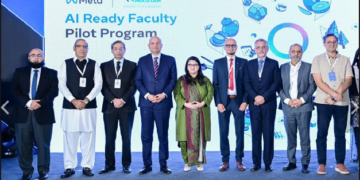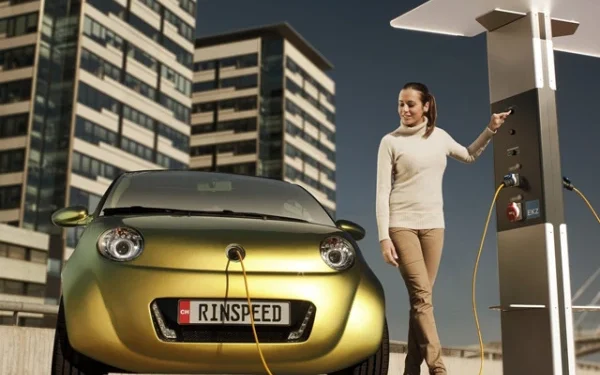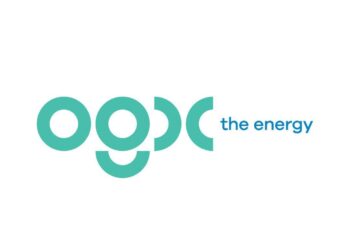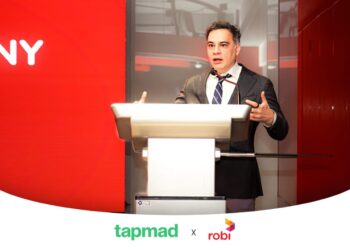Islamabad –In a decisive step toward promoting environment-friendly transportation, the Federal Board of Revenue (FBR) has officially introduced a progressive levy ranging from 1% to 3% on conventional vehicles—including both locally manufactured and imported vehicles—that use internal combustion engines (ICEs). The purpose of this policy is to encourage the use of electric vehicles (EVs) and new energy vehicles (NEVs) across the country as part of Pakistan’s green mobility initiative.
The move comes at a time when Pakistan is striving to meet its climate goals, reduce carbon emissions, and tackle air pollution—especially in urban areas like Lahore, Karachi, and Islamabad. The imposition of this levy is not only a fiscal maneuver but also a strategic environmental policy aimed at reshaping the country’s automotive landscape.
Key Highlights of the New Levy on Conventional Vehicles
The newly issued notification by the FBR, under the First Schedule of the Finance Act, outlines the levy rates applicable to various engine capacities of conventional vehicles:
| Vehicle Engine Category | Local Manufacturer Levy | Importer Levy |
|---|---|---|
| Less than 1300cc | 1% of invoice price | 1% of assessed value |
| 1300cc to 1800cc | 2% of invoice price | 2% of assessed value |
| Above 1800cc | 3% of invoice price | 3% of assessed value |
| Buses and Trucks (Local) | 1% of invoice price | N/A |
This levy is calculated on the invoice price for local manufacturers and the assessed value for importers, and it includes all applicable duties and taxes.
Rationale Behind the Levy: A Push Toward Electric Mobility
The primary intent of this policy is to discourage the use of conventional fuel-based vehicles—which are a major source of air pollution and carbon emissions—and to support the growth of EV adoption in Pakistan.
Environmental Impact
- Conventional vehicles are among the largest contributors to greenhouse gas emissions, especially carbon dioxide (CO₂) and nitrogen oxides (NOx).
- The transport sector contributes nearly 43% of total air pollution in major cities of Pakistan.
- The shift to EVs and NEVs will help Pakistan move closer to achieving its Paris Climate Agreement goals and the UN Sustainable Development Goals (SDGs).
Pakistan’s National Electric Vehicle Policy (NEVP): A Background
The levy aligns with the broader goals of Pakistan’s National Electric Vehicle Policy (NEVP), which was introduced in 2019 and later revised. The policy sets ambitious targets for EV adoption:
- 30% of all new cars, buses, and trucks to be electric by 2030
- 50% of all two- and three-wheelers to be electric by 2030
- 100,000 electric cars to be sold annually by 2030
The government has also committed to setting up EV charging infrastructure, offering tax incentives for EV manufacturers, and promoting local EV assembly.
Industry Reaction: Mixed Response from Stakeholders
The imposition of the levy has triggered a mixed response from stakeholders across the automotive industry.
Support from Environmental Advocates
Environmentalists and clean energy advocates have lauded the move as a positive and necessary shift.
“This is a bold step in the right direction. Incentivizing electric vehicles while disincentivizing fossil fuel use is essential to combating climate change,” said Dr. Farah Niazi, an environmental policy analyst at SDPI.
Concerns from Auto Industry
On the other hand, automobile manufacturers and importers have expressed concerns over the timing and implementation of the new levy:
- Inflation and rising production costs have already made cars unaffordable for many middle-class families.
- The supply chain for EV components is still underdeveloped in Pakistan.
- Charging infrastructure remains limited, especially outside major cities.
According to Pakistan Automotive Manufacturers Association (PAMA), the industry needs more policy stability and long-term planning to support the transition.
Economic and Fiscal Implications
The levy is expected to generate additional tax revenue for the government, which could be reinvested into:
- Expanding EV charging infrastructure
- Subsidizing EV manufacturing plants
- Providing incentives and rebates for EV buyers
Estimated Revenue Impact
Based on 2024 automotive sales data:
- If 100,000 cars under 1300cc are sold locally, each priced at Rs. 2.5 million, the 1% levy could generate Rs. 2.5 billion in revenue.
- Larger vehicles (1800cc+) will yield significantly more due to the 3% rate applied on higher price tags.
Comparative Perspective: What Other Countries Are Doing
Globally, countries are adopting similar strategies to promote EVs and discourage fossil fuel-based vehicles:
India
- Offers incentives under the FAME-II (Faster Adoption and Manufacturing of Hybrid and Electric Vehicles) scheme.
- Imposes additional GST on ICE vehicles while reducing it for EVs.
China
- Offers massive tax rebates and subsidies for EV manufacturers.
- Penalizes companies that exceed carbon emission thresholds.
European Union
- Has introduced CO₂ fleet emission targets.
- Several countries plan to ban sales of new ICE vehicles by 2035.
Challenges for EV Adoption in Pakistan
While the new levy encourages a shift, there are significant barriers that need to be addressed:
1. High Initial Costs
EVs are still considerably more expensive than their ICE counterparts. Even with reduced duties, EVs such as the MG ZS EV or Audi e-tron are priced out of reach for most consumers.
2. Lack of Charging Infrastructure
With only a few fast-charging stations operational across the country, range anxiety remains a major deterrent for potential EV buyers.
3. Limited Domestic Manufacturing
Pakistan lacks large-scale battery production and EV-specific manufacturing plants. Most EV components are imported, which adds to the cost.
4. Low Public Awareness
A significant portion of the population remains unaware of EV benefits, both financial and environmental.
Government Support Measures: Complementing the Levy
To make the levy successful, experts suggest the government must introduce supportive measures, such as:
- Import duty waivers for EV parts
- Subsidies or interest-free loans for EV buyers
- Tax holidays for EV manufacturing units
- Public-private partnerships to expand charging infrastructure
Potential for Local EV Assembly
Several companies—including MG Motors, Hyundai, and Sazgar—have already expressed interest in local EV assembly. With the right policy backing, Pakistan could emerge as a regional EV manufacturing hub.
Way Forward: Policy Recommendations and Roadmap
Experts recommend a holistic, multi-pronged approach to support this transition:
- Stable, long-term EV policy with clear targets and roadmaps
- Public awareness campaigns on EV cost savings and environmental benefits
- Strategic investments in EV infrastructure through CPEC and SEZs
- Integration of EV policy with Pakistan’s broader climate action plans
Conclusion: A Strategic Shift Toward a Green Future
The FBR’s imposition of a 1% to 3% levy on conventional vehicles marks a turning point in Pakistan’s automotive policy. While there are legitimate concerns from the industry, the move sends a clear message: Pakistan is serious about reducing its carbon footprint and embracing sustainable mobility.
If backed by robust infrastructure, financial incentives, and industry collaboration, this initiative could significantly accelerate the adoption of electric vehicles and make Pakistan a leader in clean transportation across South Asia.

























